Easy to Grow Houseplants You Can Actually Keep Alive
Looking for a list of easy to grow houseplants that are low maintenance and easy to keep alive? Find the most common options listed in the article below.
Years ago it became trendy to decorate with live house plants.
I was slow to jump on “trend”, although I really loved the look of them. I’d had decades of house plant fails, so I was reluctant to try again. But, I decided to dip my toes back in.
I googled and researched easy indoor plants, easy to grow indoor plants, indoor plants low maintenance, and basically any other term for the easiest houseplants to keep alive.
I wrote a post back then on how to arrange houseplants on farmhouse shelves with some fear and trepidation – as I really didn’t know if I could keep those pretty plants alive.
But, here we are – 2 years later and not only are they still alive, they look really pretty!
So, here you go:
A List of the Easiest House Plants to keep alive
Easy House Plants
Try these easy to grow house plants that grow with minimal care and attention. They're a perfect addition for your decor!
Oh, how I love my hearty snake plants. They are very, very low maintenance, and in almost every article I researched, they were declared to be "almost indesctructible"!
Also known as the "mother in laws tongue plant", it doesn't need a lot of fussing or attention - or even light. However, they do prefer some indirect sunlight and even some direct sunlight if you have it. (I often don't!) If you forget to water them, they are very willing to forgive you for a long time.;)
I bought a money tree about 1 foot tall and prayed I could keep the thing alive for even a few months. It's now over 3 feet tall, and I just love her! Mine does have some trouble in the gray sky days of our Winters here on the West Coast, but I give her as much light as I can - without overwatering, and she's still giving me new baby leaves quite often!
As an avid coffee lover, of course I wanted to try out a coffee plant! Besides, I thought it was cute.;) Although I have never grown any actual beans on my coffee plant, I do like the medium sized shiny green leaves on this plant. Mine hasn't grown overly tall, but I like it that way.
I won my monstera plant in a Mother's Day giveaway and am just thrilled with it! I keep it in the spot where I can provide the most light for it, and it seems so happy. I only water it when it is dry, and if I happy to overwater it, the next morning it has dew drops under its leaves. I just love that!
I have a cutey patootie zebra cactus plant in a pretty pottery mug. It requires very little water and is such a happy little thing! Succulent plants are great easy house plants, as they often don't require a lot of attention and watering.
I know I declared this list to be the "easiest care house plants" - and I'll admit that I've found my maidenhair fern to be the fussiest of all the houseplants I own - but, boy do I love her so! However, be warned that she is definitely not a low-maintenance houseplant.
I have mine on my kitchen windowsill and she keeps me company every day as I wash dishes. She seems very particular about her light and watering situation, however. Multiple times I have thought I've lost her completey, but right before I declared her a lost cause, I noticed new baby fronds showing up.
I've found that my maidenhair fern likes to be watered from the bottom, so I have the container sitting in a saucer with small stones in it. She seems to like watering much more frequently than my other houseplants, so keeping her front and center helps me remember to do that!
Spider plants are also called cholorphytum comosum. The gift of one as a housewarming gift was what started me on my new house plant journey. The lady who gave it to me said, "I promise you can't kill this", and she was right! That spider plant grew and grew and had all kinds of baby spider plants dangling off it. I ended up gifting it to someone else, as I didn't care for the trailing plant nature of the dangling baby spider plants. (Is that weird??)
Have you ever heard of prayer plants? Oh, my goodness, they are so neat! There are many varieties, and I'm not exactly sure what the variety of mine is, but it droops during the day and at night, it suddenly "stands up"!
The first time it happened on my coffee table, I was so startled. "The plant is moving!" I squealed to my husband. I quickly googled to see what was happening, and discovered this fun feature of prayer plants.
Prayer plants don't require a lot of light and minimal watering.
Other recommended easy-care houseplants that are low maintenance:
Although I haven’t personally tried the following plants in our home, here are some more popular houseplant species you might want to consider: (Just click on the name to be taken to a site with more information.)
- Jade Plant
- Chinese evergreen
- Peace Lily
- ZZ Plant also called zamioculcas zamiifolia
- Fiscus Elastica (Rubber Trees)
- Golden Pothos
- Lucky Bamboo
- Dragon Tree
- Philodendron Hederaceum
- Rubber Trees
Why are my house plants always dying?
If you are finding your houseplants are dying in spite of your tender care of them, consider the factors of light, heat, humidity, watering, and feeding. If one of those key components is missing, they just might not be happy and thrive.
Decades ago, I really, really wanted an indoor orange plant. I had seen some pictures of them and thought the idea of fresh smelling citrus blooms in my living room would be delightful.
So, for some special occassion, my husband showed up at the door with the most beautiful mandarin orange tree. It was the cutest little thing with teeny tiny little mandarin oranges on it.
I was thrilled beyond words and tried to follow the instructions given to a tee.
But, as the bright days of Winter turned to gray and rainy Fall, I noticed it was showing signs of struggle.In desperation, I called up the florist where my husband had purchased the tree. As he graciously tried to diagnose my sick plant’s ailments, he asked me a very key question:
“What kind of heat do you have in your house?,” he asked.
As I described our very old house with no insulation and only wood heat, he gave one of those “ah ah” exclamations indicating, “Now I know what the trouble is!”
Reluctantly he answered, “First of all, orange trees are one of the most difficult house plants to keep alive and unfortunately, I don’t think that orange tree can ever be thrive in your house.”
Because that particular indoor plant (and most) require a consistent minimum temperature, it never stood a chance in our drafty old house when the temperature dipped so dramatically during the Winter nights!
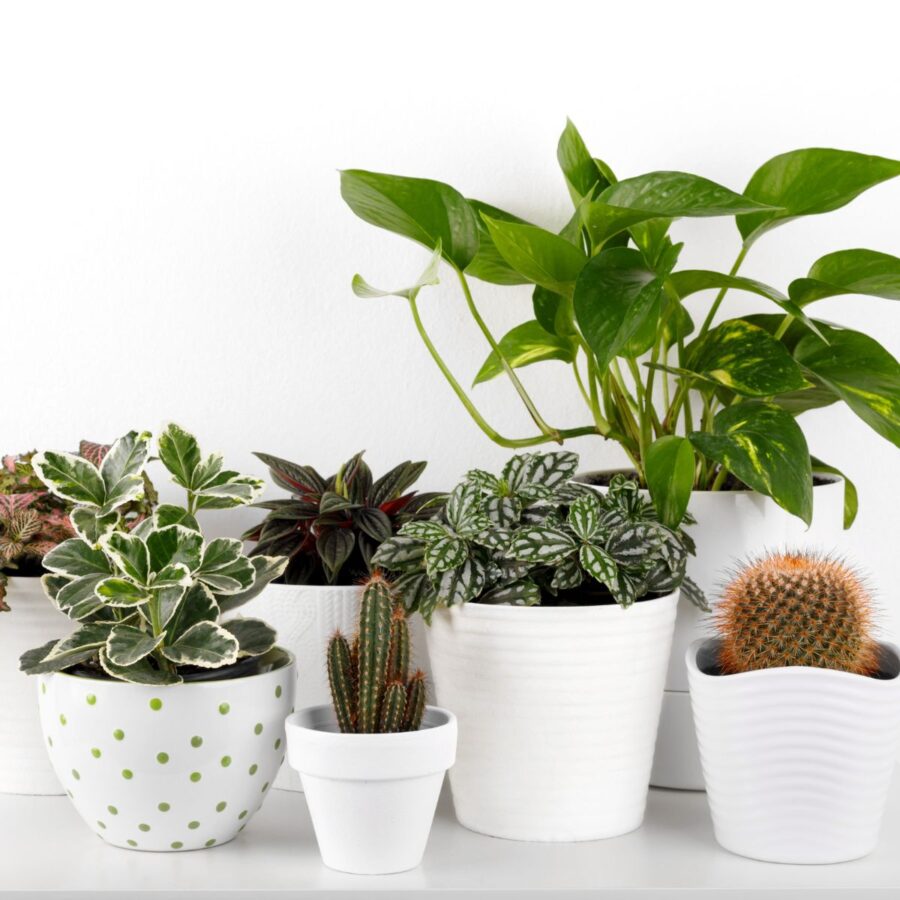
Things to consider when choosing easy indoor plants
As you are choosing indoor plants, keep in mind the specific environment you can provide for them and what would be a good choice for you. Here are the main things to check for:
- What type of light is required? Will it thrive in low-light conditions? Does it need direct sunlight, low light, or indirect sunlight?
- How frequently does it need to be watered? Will you remember to water it regularly if it’s needed? If you forget, will it still thrive with infrequent watering?
- Does it require high humidity? If so, it may need to be misted or be near a mister.
- Do you want a plant that is low maintenance?
Check the tags on the plants you are considering. If it doesn’t have one, google it on your phone and see if it will fit well in your home. And, also, if you are at a greenhouse or florist, the staff are often very willing to help you choose.
Don’t forget to feed your plants, too!
I was told in a gardening class once that just like humans, plants need more than just water to survive. Be sure to give them plant food that is specially formulated for houseplants. Follow the directions as to how often to feed them. (I use houseplant food spikes for mine. – affiliate link)
For other plant tips:
- This hydrangea care in pots post might be of interest to you.
- If you like to make things yourself, you just might want to check out these neat diy wood plant stand ideas.
- If you are on Instagram, you might enjoy following Mandi at @happyhappyhouseplant. She has great tips and tricks.
- Sarah from Grace in my Space has a great resource for indoor plants.
This hydrangea care in pots post might be of interest to you.
Happy houseplanting!;)
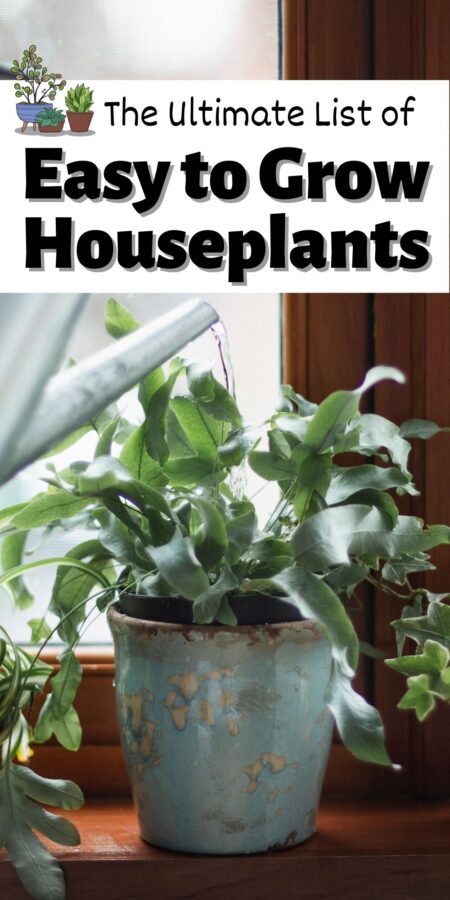

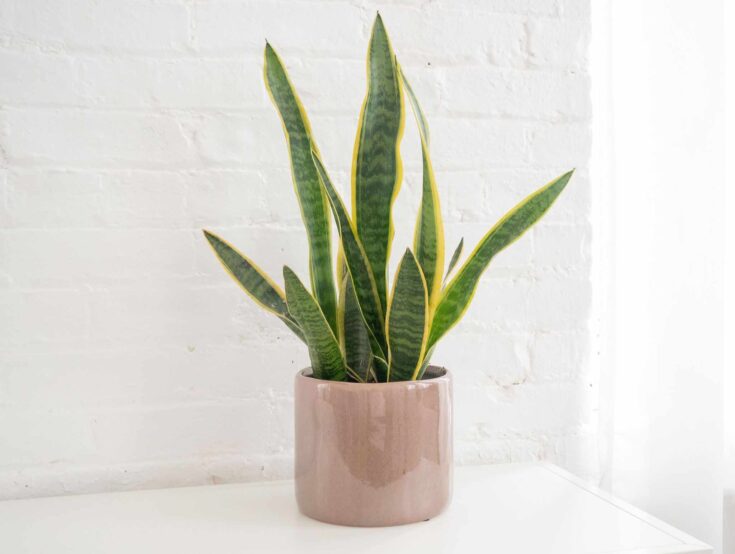
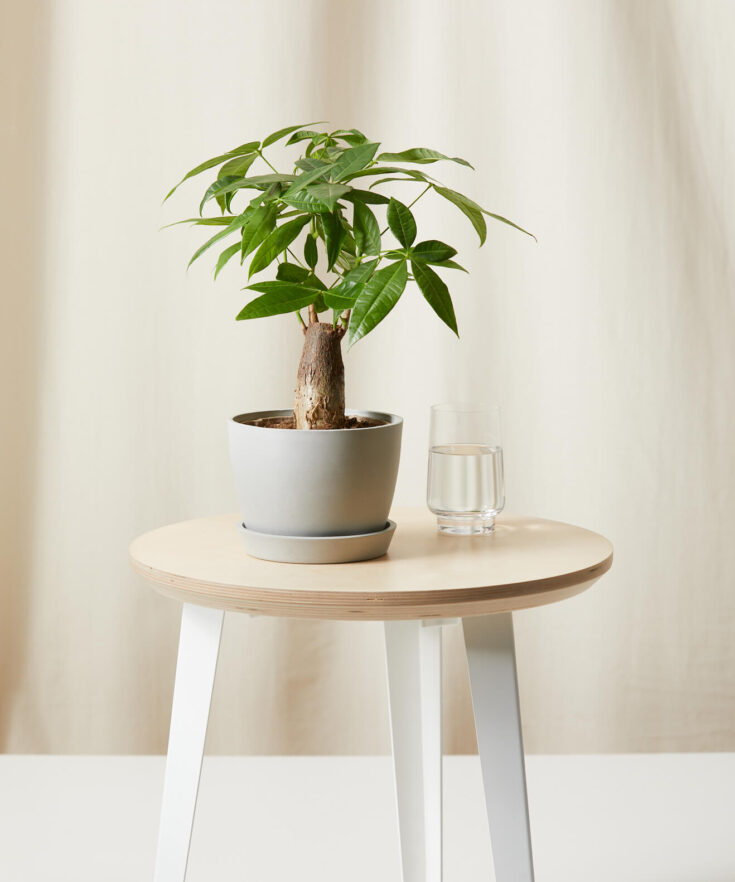
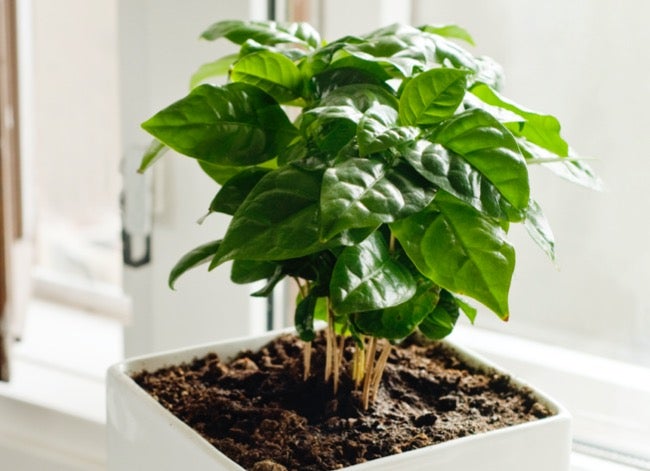
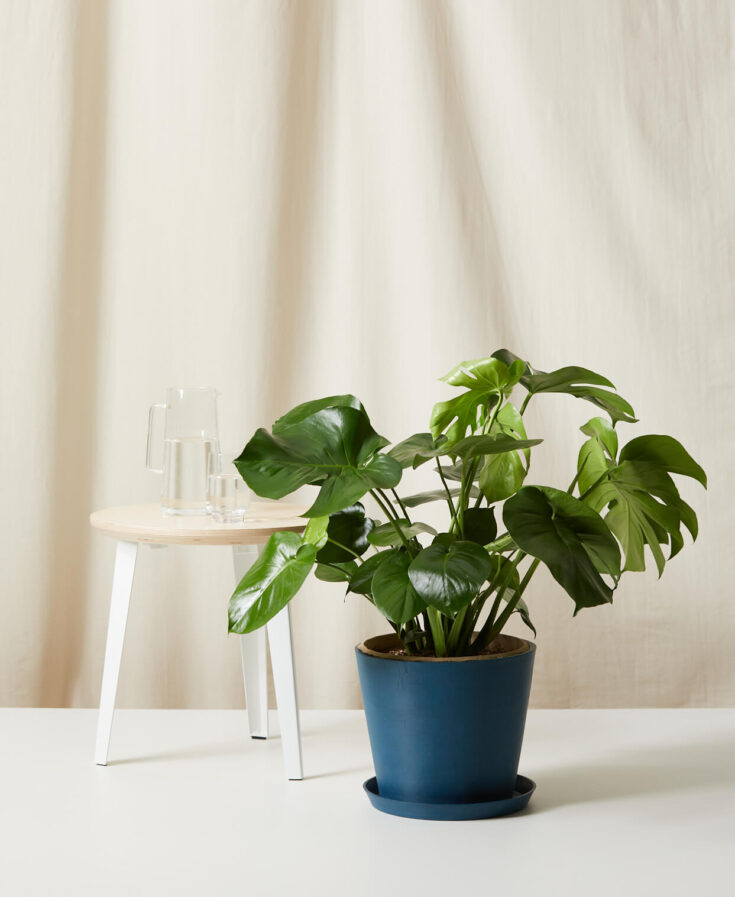
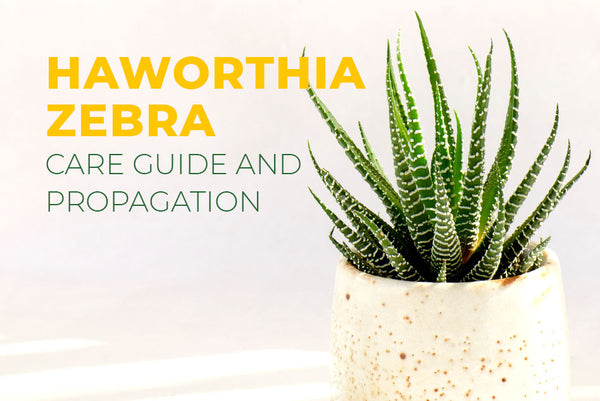
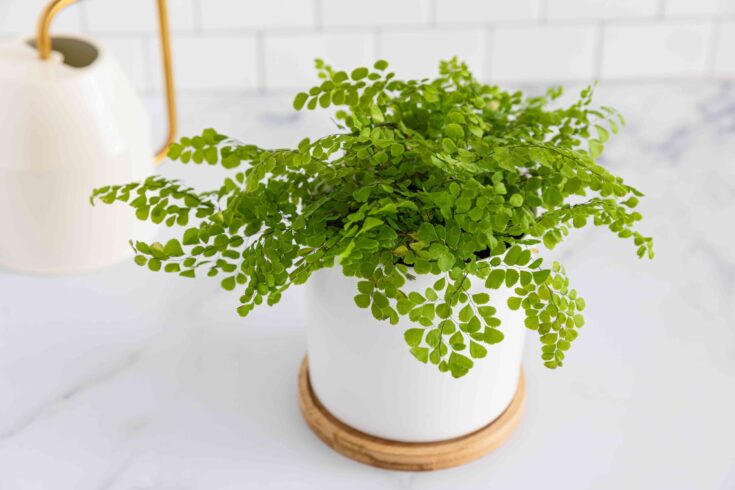
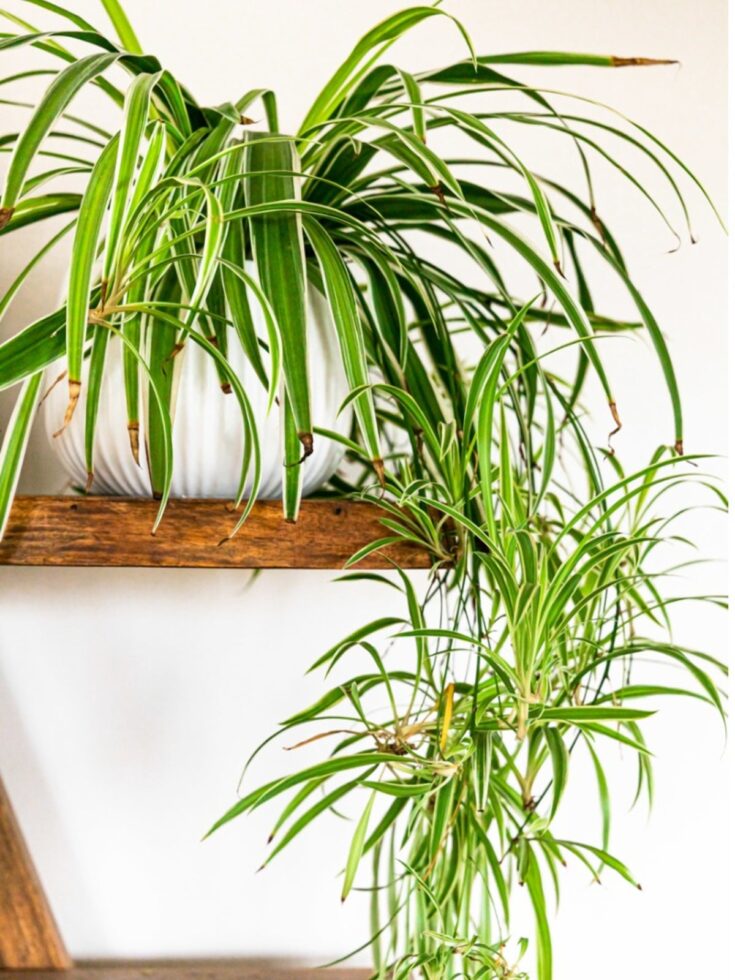
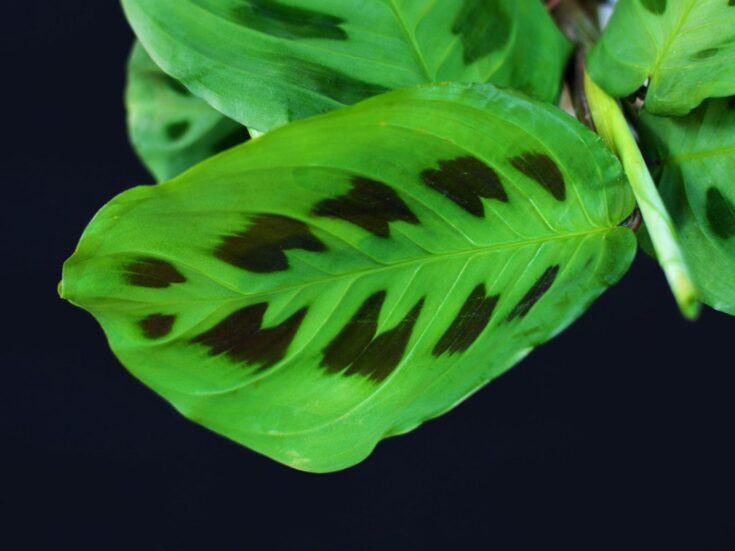
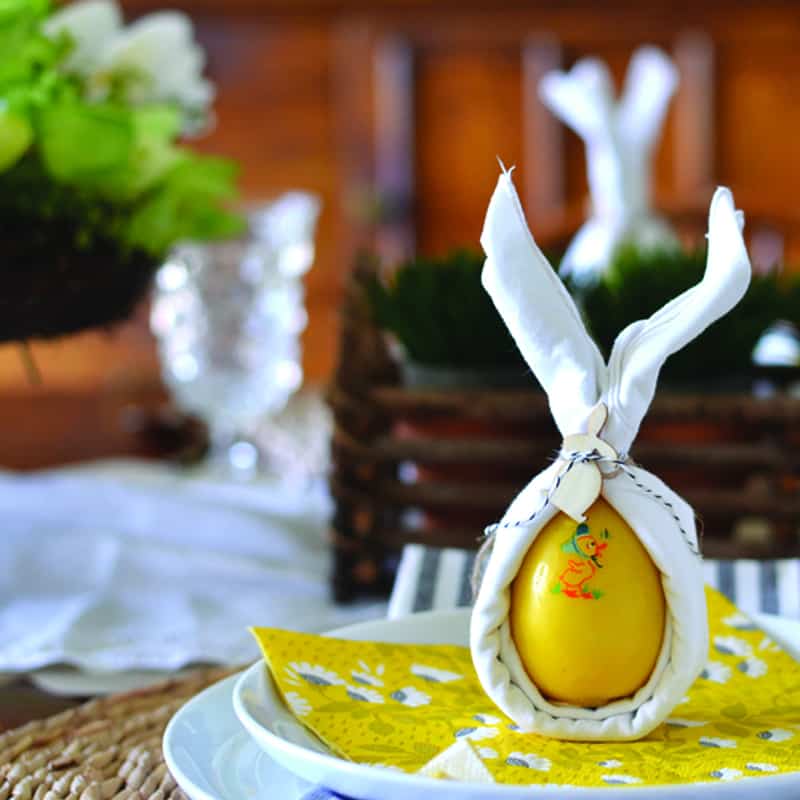
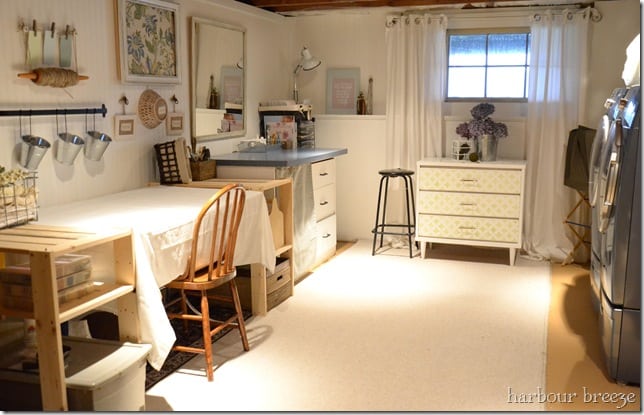
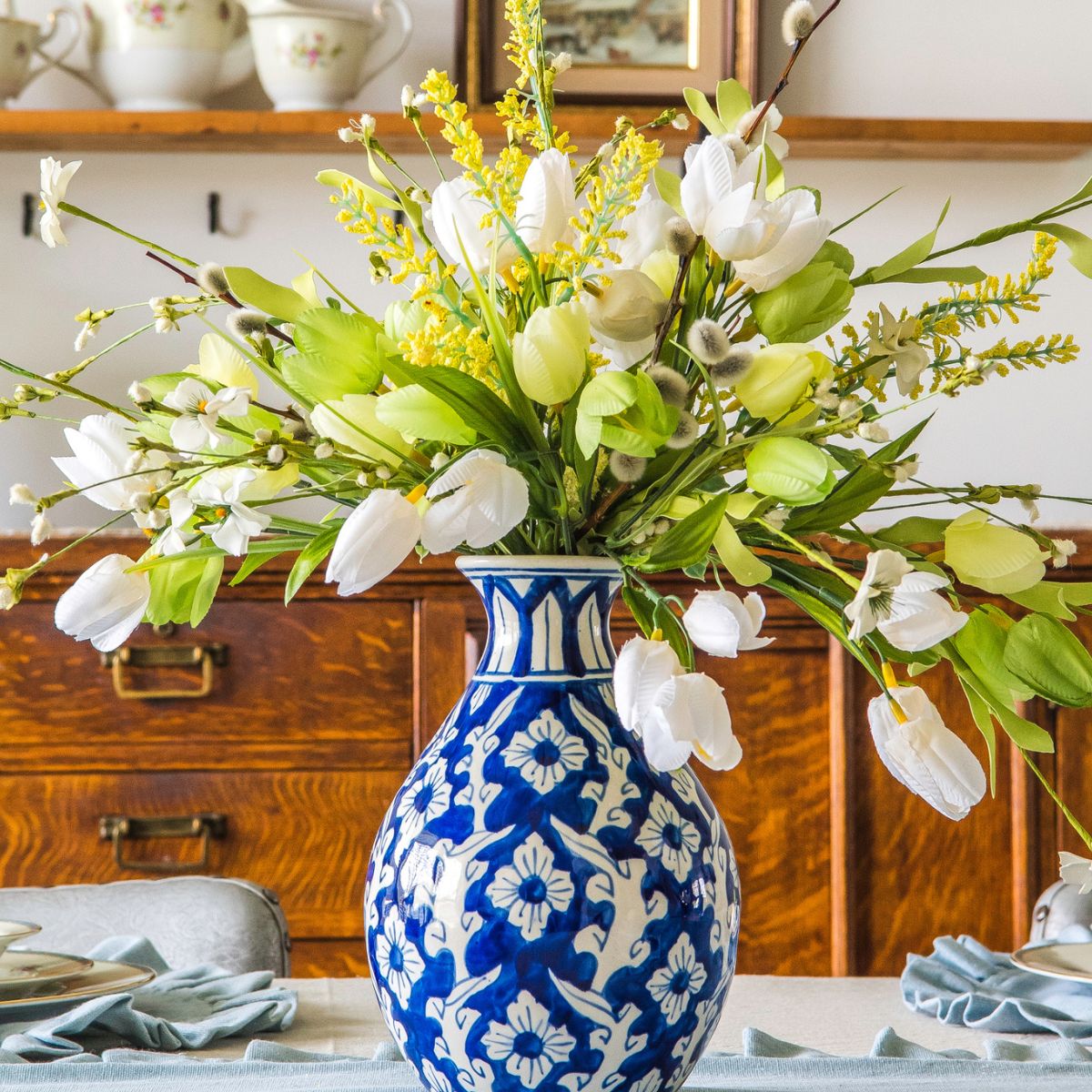
DON’T MISS A THING!
Join my list for more ideas for you and your home…